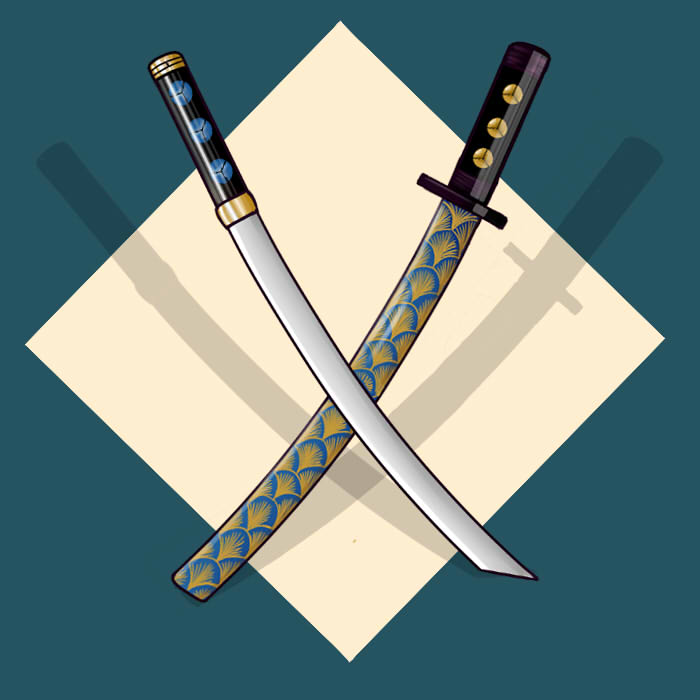Weaver Silk
This article is still a Work in Progress. It's still receiving updates to content, formatting, or links. Please check back later for the final version!
This article is a stub and contains minimal information. If you'd like to learn more about this topic, please let me know so I can add basic information.
Weaver silk is produced by Weaver spiders which are native to eastern Kos. There are a variety of species of Weaver spiders, and the most common species is the Blue-toed Weaver Spider known for its brilliantly blue toes. The build sticky sheet webs which are highly prized for their silk. Weaver spiders produce a non-sticky silk for their egg cocoons, and the newly hatched spiders eat their way out of the cocoon. Weaver silk is produced by harvesting the webs and soaking them in white vinegar for six hours to remove the sticky adhesive. They are then washed in warm water, dried, and spun into strands. One spool of silk thread requires over a hundred webs, and a single silk scarf can require thousands of webs. The silk is highly prized for its strength, durability, and flexibility. To produce a more expensive and softer silk, egg cocoons are boiled which kills the spider eggs inside. They're then gently shaken and stretched to loosen the silk fibers. Eventually, the silk becomes a fine sheet which is spun into thread. The silk is known to be extremely soft.
The silk is mostly clear and has a soft white color when spun together. It takes dye extremely well and can be turned into a wide variety of colors. Dying typically occurs once the strands have been woven into fabric, but some artisans dye the sheets directly or once spun into thread. The Lesser Weaver spider is known for producing silk with an iridescent quality that's transferred to the fabric and threads produced from it. It's extremely expensive, and many artisans have tried to replicate the quality with cheaper silk. In eastern Kos, it's extremely common for people to be spider farmers who cultivate the spiders and harvest the webs. They are kept in artificial environments with sticks that help guide the spiders to create optimal webs. The spiders are also fed regularly and kept at a constant warm temperature so that they'll continue producing silk. Spider harvester is a common profession.
Different species of Weaver Spider thrive in slightly different conditions throughout the region, though the silk is mostly similar in quality. Many villages have marketed themselves for their specific type of Weaver spider, but the Blue-toed Weaver remains to be the most numerous and common due to how easily it adapts to captivity and also producing the most amount of silk. Giant Weaver Spiders are known for producing naturally gold silk, but only the egg cocoons are gold. The rest of their webs are similar in shade to the rest of the species. No one knows exactly how the spiders produce gold silk, but it's believed that they do this to hide their cocoons in the gold and brown leaf litter as camoflauge.
Weaver silk trade is highly regulated around the continent. There are many protections regarding the industry to preserve the existing wild population. Farmed spiders have never lived in the wild. There's a significant black market of weaver silk, and some people try to create fake weaver silk using caterpillars and beetle larvae that also produce silk cocoons. The Institute for Weaver Spider Silk grants official recognition to farms and silk manufacturers which adhere to ethical standards and to ensure that genuine Weaver silk is marketed as such abroad. It requires manufacturers to prove that their thread and fabric is 100% Weaver Silk and certifies the species except in cases of Weaver Silk blends which are marketed as "genuine weaver silk".
Rarity
Rare
Related Locations





Thank you for the lovely, detailed article about weaver's silk. If you expand the article, I could imagine that a few anecdotes or quotes from your residents would provide a great insight into how silk is handled and would add credibility. This would also visually break up the layout of the wall of text and give the reader a better reading experience.
Thank you for the comment! I definitely plan on expanding the article more so it will have more details in a better presentation than a wall of text.